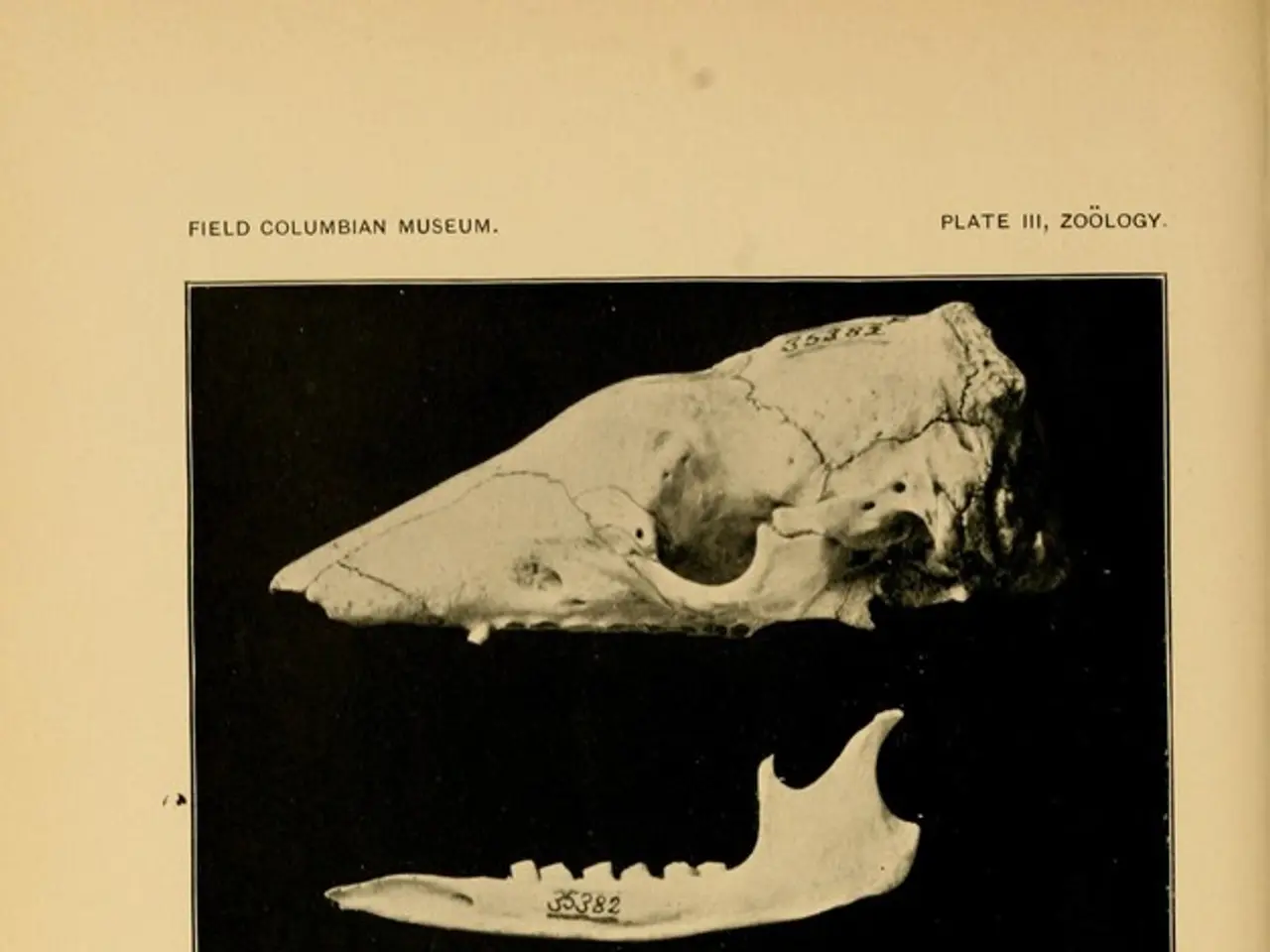Scaphoid Fractures: Common Wrist Injuries Requiring Surgical Attention
Scaphoid fractures, accounting for 60% of all carpal fractures, are common injuries in vehicular accidents and sports-related incidents. These fractures occur when the body falls on an outstretched wrist, with the scaphoid bone, located on the radial side near the thumb, being particularly vulnerable.
The scaphoid, one of the eight carpal bones, has distinct surfaces: superior, inferior, dorsal, volar, lateral, medial, and distal convex. It is the largest bone in the wrist's proximal row, alongside the lunate, triquetral, and pisiform. The distal row consists of trapezium, trapezoid, capitate, and hamate bones.
Treatments for scaphoid fractures primarily focus on surgical methods. These include reduction and fixation using iliac crest bone grafts and Herbert screws. Key therapy principles involve excision, correction of joint malalignment, mechanical compression, stable fixation, and correction of Humpback deformity.
Scaphoid fractures, though common, require careful attention due to their potential impact on wrist function. Surgical interventions, focusing on reduction, fixation, and realignment, are the primary treatments for these injuries.




